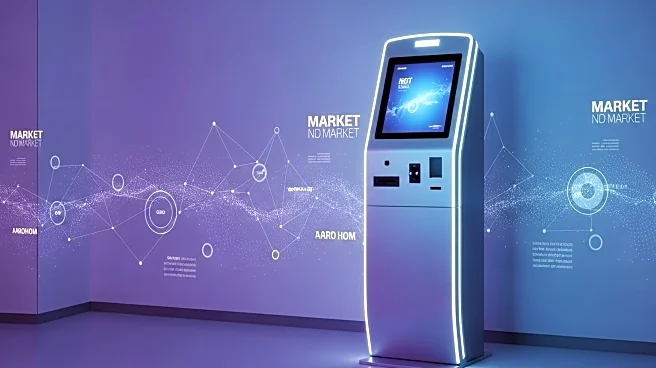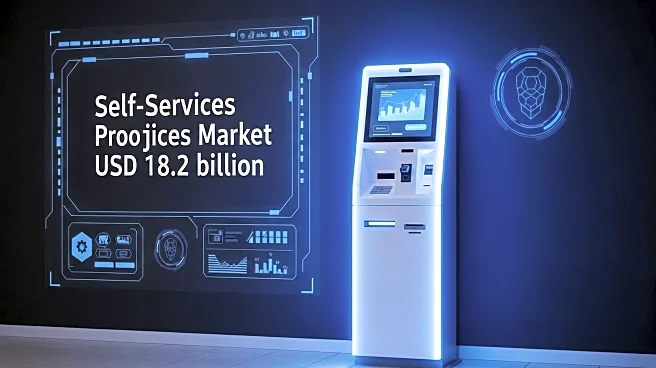What's Happening?
Retail CIOs are facing economic pressures that require them to reduce IT costs without stifling innovation. The challenge involves balancing operational expenses with transformative initiatives that drive digital agility. Strategies include optimizing the 'run vs. change' mix, automating processes, and prioritizing quick-win projects that deliver fast ROI. Retailers are leveraging AI and automation to streamline operations and enhance customer experiences, while also focusing on vendor collaboration and multi-cloud cost control to manage expenses effectively.
Why It's Important?
The ability to cut IT costs while fostering innovation is crucial for retailers to remain competitive in a challenging economic environment. By reallocating resources and adopting efficient technologies, CIOs can drive growth and improve customer satisfaction. The strategic approach to cost management ensures that retailers can continue to innovate and adapt to changing consumer behaviors, ultimately supporting long-term business success. Effective cost control also allows retailers to invest in areas that enhance their market position and operational efficiency.
What's Next?
Retail CIOs are expected to continue refining their strategies to balance cost reduction with innovation. This may involve further integration of AI and automation, as well as exploring new technologies that offer competitive advantages. Collaboration with CFOs and other stakeholders will be essential to align IT investments with business goals and ensure fiscal discipline. As retailers navigate economic uncertainties, the focus will remain on optimizing IT spend to support strategic initiatives and drive value.
Beyond the Headlines
The emphasis on cost management and innovation reflects broader trends in the retail industry, where digital transformation is reshaping business models and consumer interactions. The strategic use of technology highlights the importance of agility and adaptability in a rapidly evolving market. Retailers' efforts to balance cost and innovation underscore the need for continuous improvement and strategic foresight in a sector that is critical to economic growth and consumer engagement.










